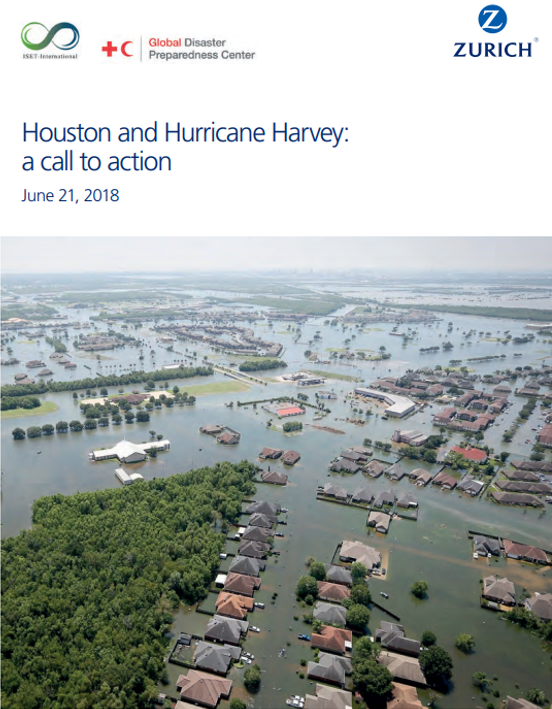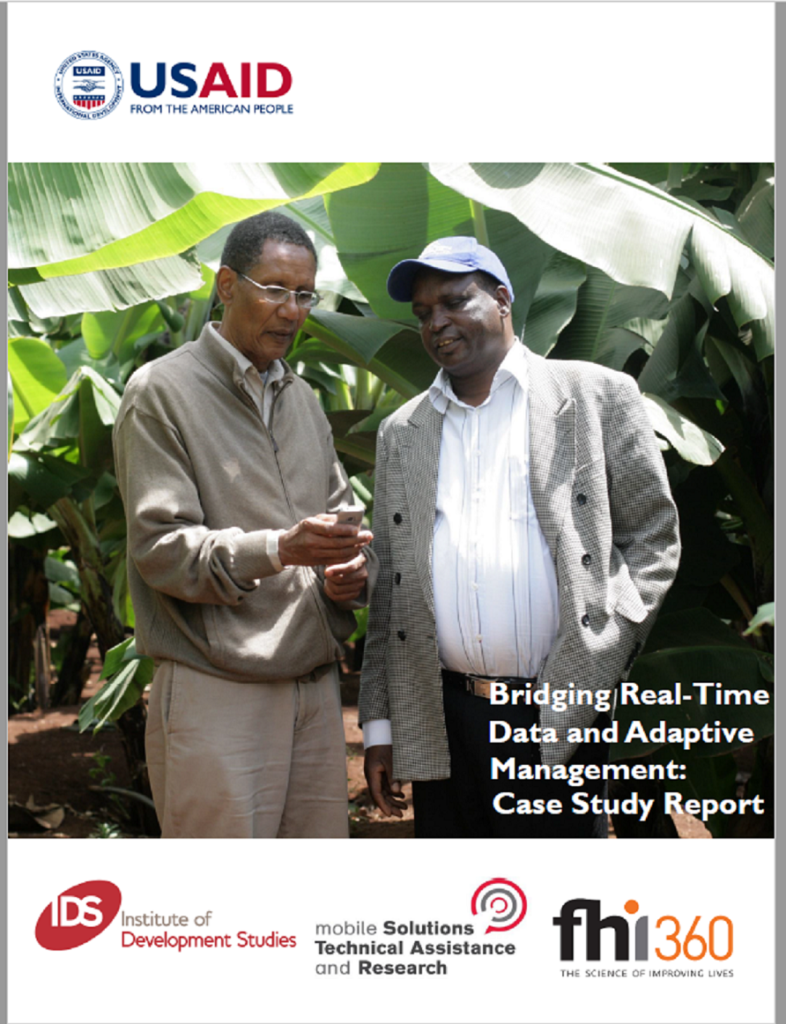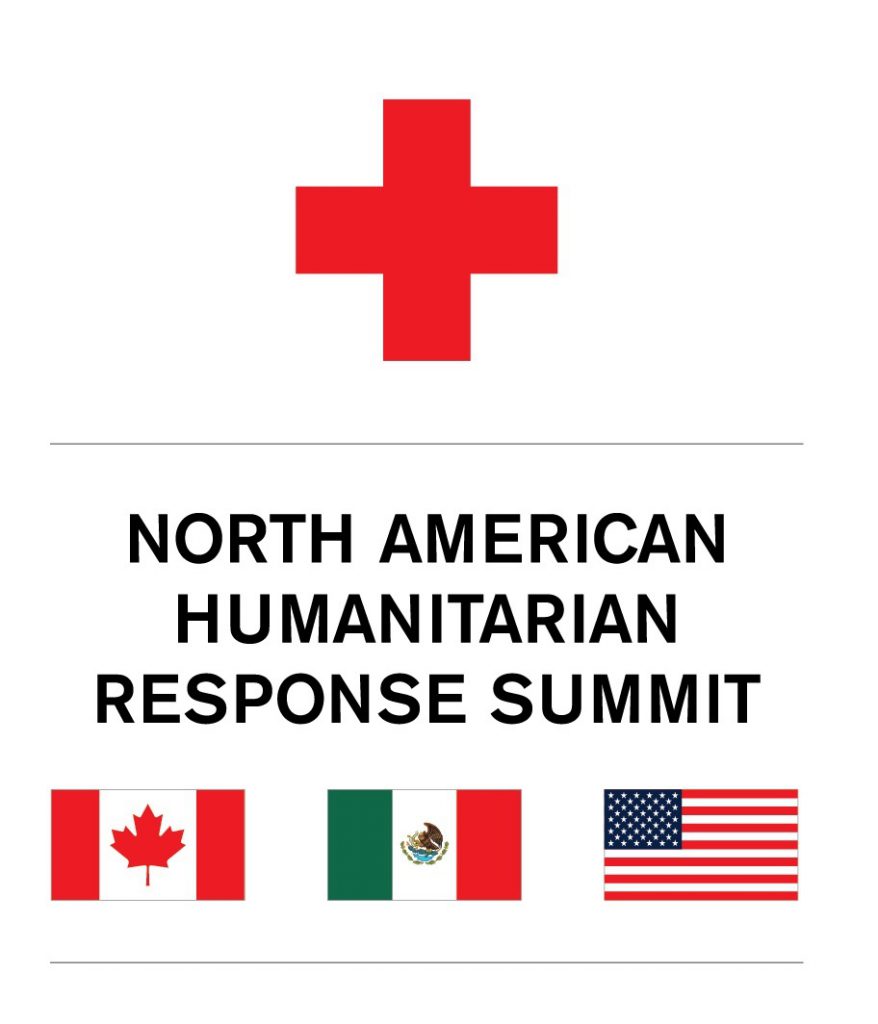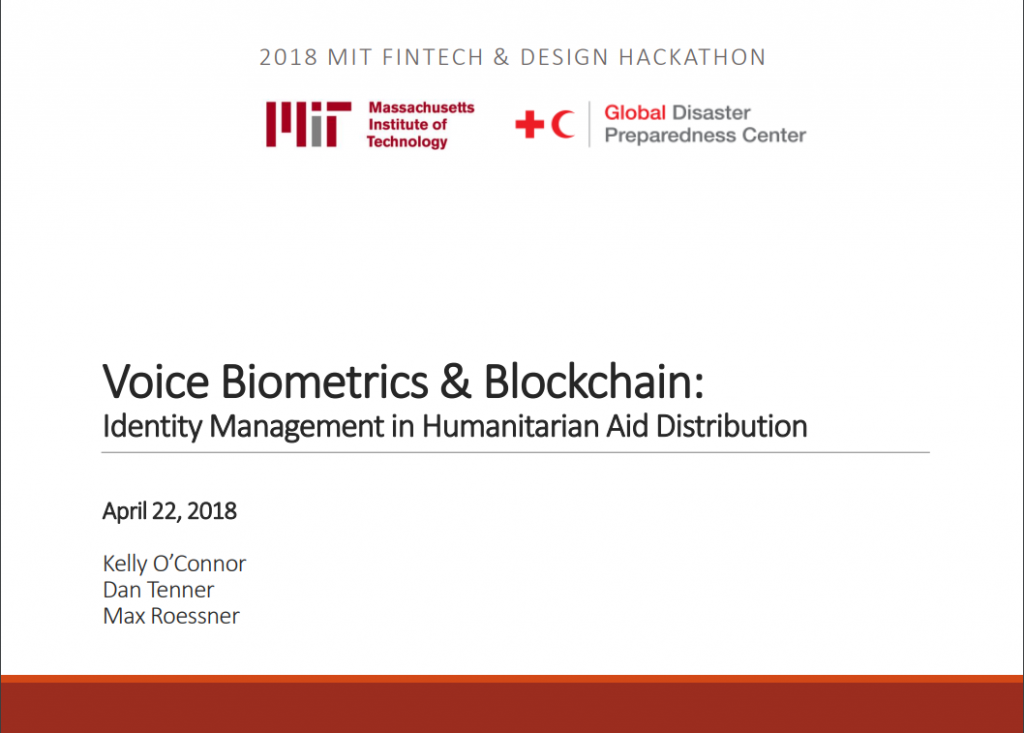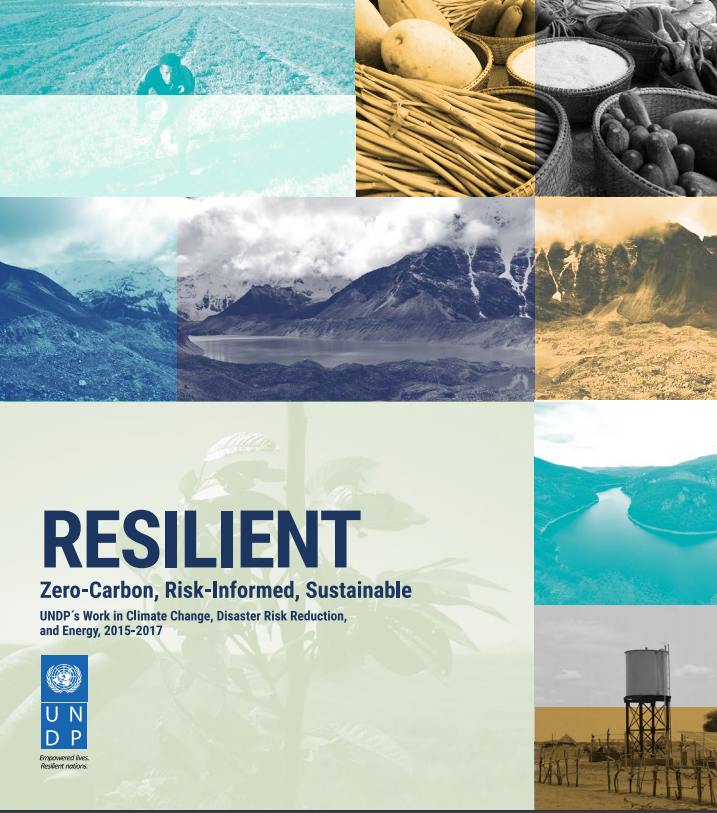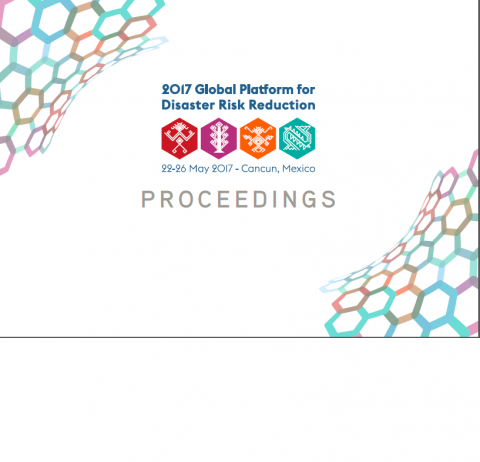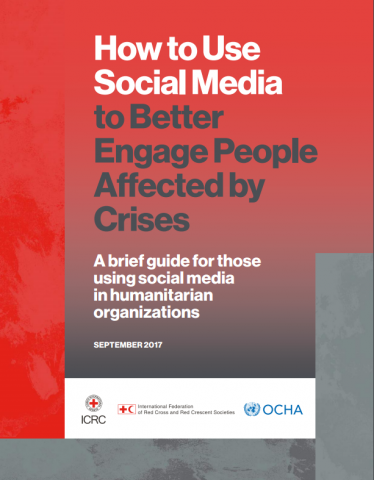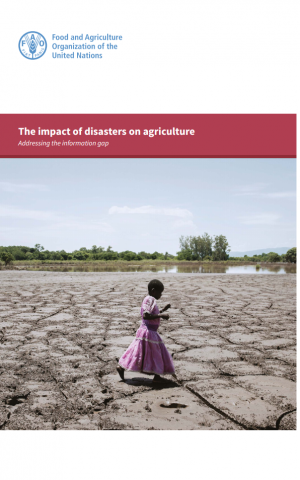Houston and Hurricane Harvey: a call to action
This study – written by ISET-International, in collaboration with Zurich Insurance Group, and the Global Disaster Preparedness Center looks in detail at the Houston floods that resulted from Hurricane Harvey. Based on interviews with impacted households and businesses, and with people involved in risk reduction, response and recovery at the city, county and state level, the […]
Houston and Hurricane Harvey: a call to action Read More »

